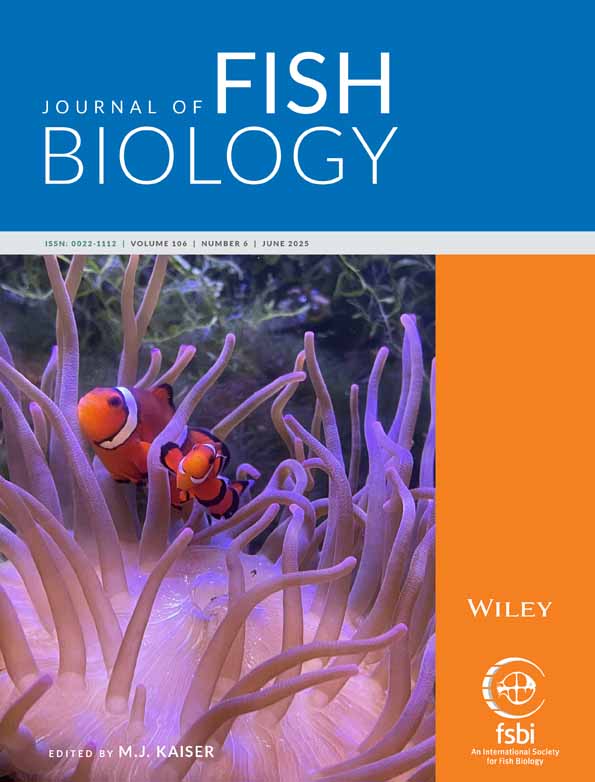Transmission experiments with pike fry (Esox Indus L.) rhabdovirus
Wescodyne: Trade name for lodophor disinfectant made by CIBA.
Abstract
Experimental infection of fertilized pike eggs with ‘red-disease’ virus produced 100% mortality in the fry. This mortality was associated with a disease that had previously been described as hydrocephalus internus, indicating that ‘red-disease’ and hydrocephalus are different manifestations of the same disease. The name pike fry rhabdovirus disease (PFRD) is suggested for the disease complex, and the name pike fry rhabdovirus (PFR) for the causative agent. Exposure of PFR to a Wescodyne* solution containing 25 ppm of iodine resulted in an inactivation of at least 99–99% of viral activity within 30 sec. Experimental egg transmission of PFR could be interrupted by disinfecting the eggs in a Wescodyne solution, suggesting that the virus was located on the egg surface. Conclusive evidence of a naturally occurring vertical transmission in pike culture is still lacking because, using FHM cells as a detection system, PFR could not be found in spawners and their sexual products. The susceptibility of pike fry to PFR rapidly decreases at increasing age.




